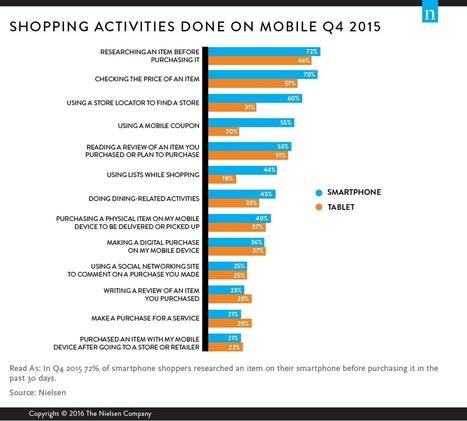In the U.K. study in 2015, nearly two-thirds of children aged 0-17s read (or were read to) for pleasure on a weekly basis, with two in five doing so daily, and nearly all doing so at least sometimes. However, the proportion of kids 0-17 reading weekly had fallen by 1% point year-over-year since 2014 and was 7% points lower than in 2012. The decrease was seen among girls as well as boys and was most marked among kids aged 3-10, dropping the most for boys aged 8-10.
For the first time in 2016, the annual U.S. survey also looked at the proportion of children reading (or being read to) for pleasure. On a daily basis, just over half of those aged 0-12 and only one in five teens were doing so, but an encouraging 82% of children read on a weekly basis and nearly half of all teens. In fact, on a weekly basis, reading was the third most popular activity for 0-12 year olds (with watching TV at number one). For teens, reading as a leisure activity was in 11th place, well behind such activities as social networking, watching YouTube, watching TV, playing games on smartphones/tablets and playing games online or on a console.
Despite the ubiquity of digital reading devices (over 80% of American children have access to a smartphone and/or computer in their household, and over half have access to a tablet device), only around one in five 0-17 year olds in the U.S. are currently using smartphones for e-reading, with a third of 0-12s and two in five teens e-reading on tablets. The U.K. saw similar levels of e-reading in 2015, with 14% of 0-17s using a smartphone and 31% using a tablet—despite much higher proportions (79%) having tablet access in the U.K. than in the U.S....



 Your new post is loading...
Your new post is loading...













That’s more than The Walking Dead’s Season 8 premiere a week earlier.